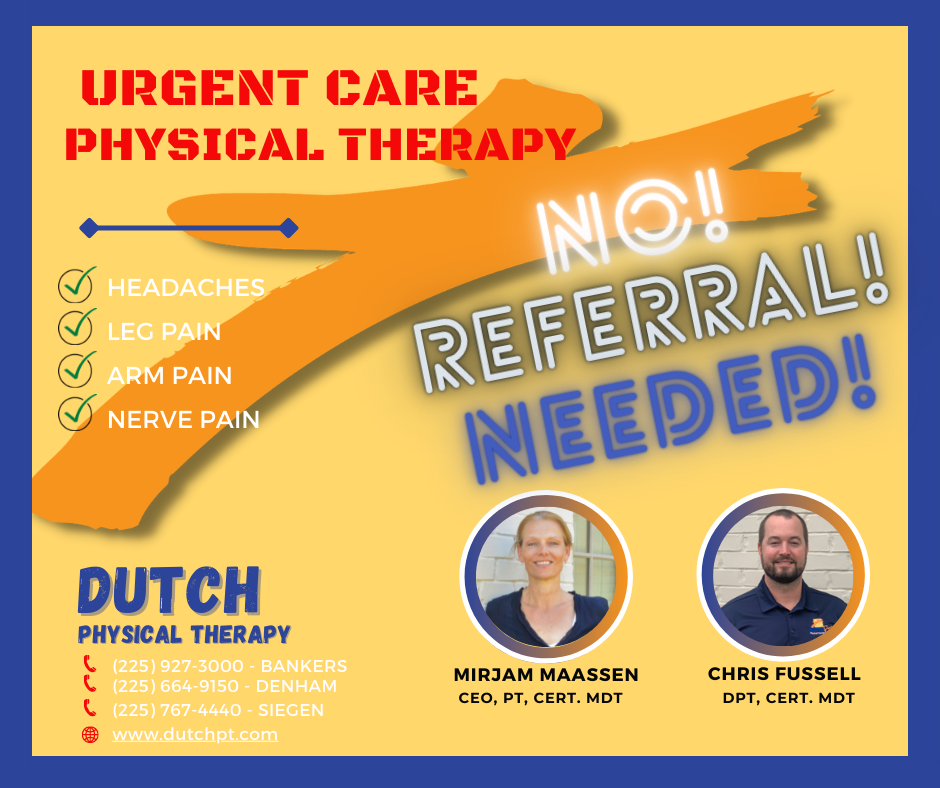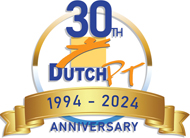By www.choosept.com

Dry needling is a technique physical therapists use (where allowed by state law) to treat pain and movement impairments. The physical therapist inserts a “dry” needle, one without medication or injection, into areas of the muscle.
Other terms used to describe dry needling include:
- Trigger point dry needling.
- Intramuscular manual therapy.
Dry needling is not acupuncture, which is based on traditional Chinese medicine performed by acupuncturists. Dry needling is a part of modern Western medicine and is supported by research.
What Is a Trigger Point?
A trigger point is a taut band of skeletal muscle within a larger muscle group. Trigger points can be tender to the touch. Touching a trigger point may refer pain to other parts of the body.
What Kind of Needles Are Used?
Dry needling involves a thin filiform needle. The needle penetrates the skin and stimulates underlying myofascial trigger points and muscular and connective tissues. The needle allows a physical therapist to target tissues they are not able to reach with their hands.
Physical therapists wear gloves and personal protective equipment when dry needling. The used sterile needles are disposed of in a medical sharps collector.
Why Dry Needling?
When physical therapists use dry needling, it is typically part of a larger treatment plan.
Dry needling can release or inactivate trigger points to relieve pain or improve range of motion. Research suggests that dry needling improves pain control and reduces muscle tension. Study findings also show that dry needling can normalize dysfunctions of the motor end plates, from which nerve impulses get transmitted to muscles. This can help speed up the patient’s return to active rehab.
Dutch Physical Therapy is now offering dry needling as part of a personalized treatment plan. Call today to schedule your appointment!





